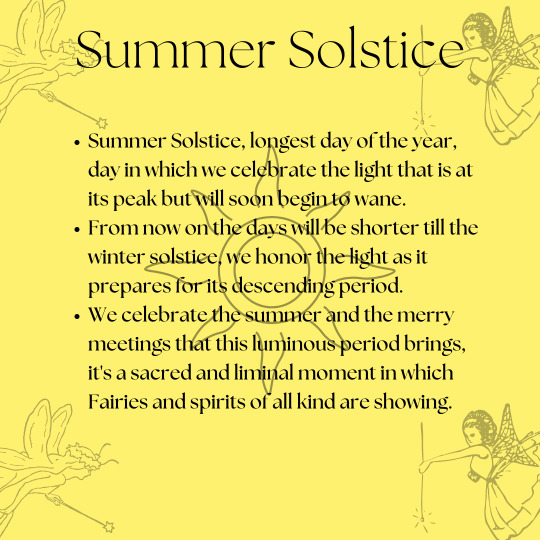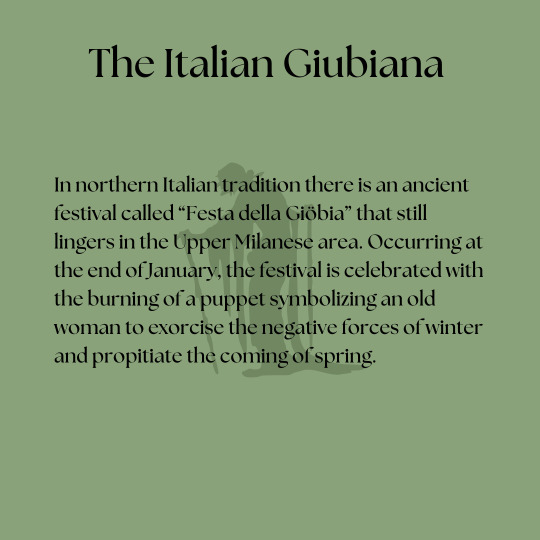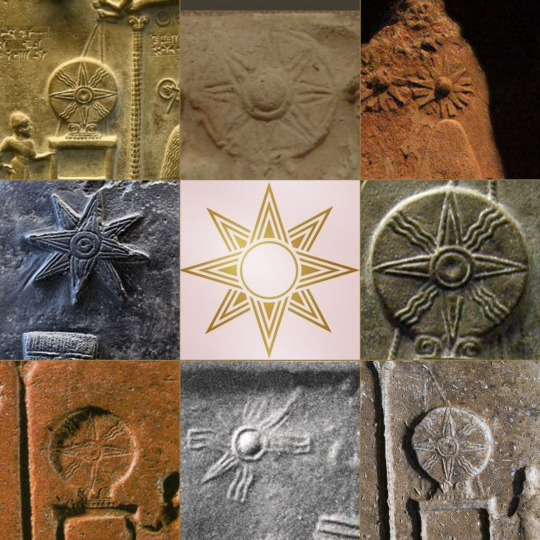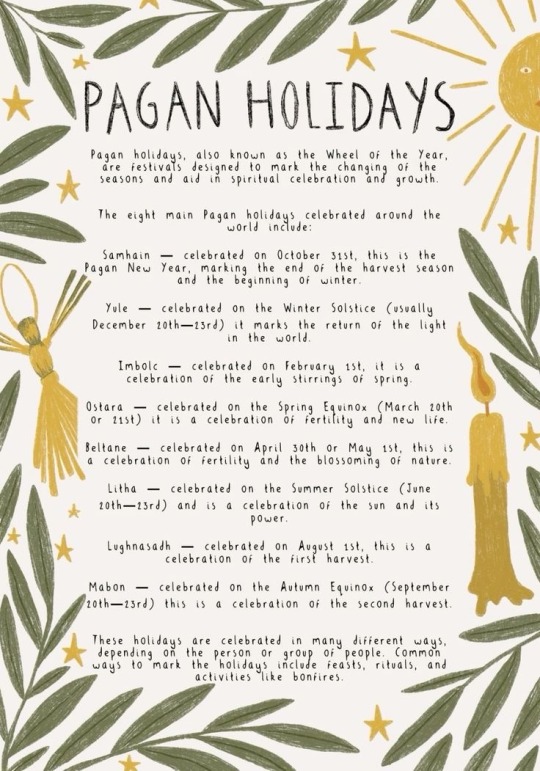Text
Let your love bleed all over those pages; in the end, all it can be is a work of art (- but never a mistake). - Laura Chouette (Profound Reverie, 2023)
#aesthetics#dark academia#postmodernism#modernism#realism#poem#literature#love#light academia#cottage core
73 notes
·
View notes
Text

-Unknown
#unknown#via pinterest#spilled words#dark academia#words#dark aesthetic#light academia#romantic academia#love quotes#quoteoftheday
173 notes
·
View notes
Text
What is Traditional Witchcraft?
With the term Traditional Witchcraft we are designating the recovering of Historical Witchcraft, meaning all the cults that are proven to be present in Europe between the X and the XVIII a.C.
Those cults had a pre-christian origin, but were not exact copies of the Religions of the Gentiles (Roman, Greek, Celtic, Germanic, etc.) since around the X century, as attested by the Canon Episcopi (906 e.v.), in the Frank-Germanic area there was a peculiar commixture of elements, both pagan and christian, that originated Medieval Witchcraft as a whole.
The fundamental difference between Medieval Witchcraft and the Religions of the Gentiles is the Animism shift: Gods started to be considered simply Spirits, more powerful, but Spirits nonetheless.
The Spirits that a Witch worked with, the Witch’s allies, were called Familiars, so we could say that Historical Witchcraft was a cult of Familiars.
From the Frank-Germanic area, Traditional Witchcraft found its ways throughout all of Europe, mostly thanks to the sermons of the christian preachers against these beliefs, that sorted the opposite effect, spreading them through the whole continent.
Combining and interlocking with the local prechristian remainings in the various countries, regions and cities, Traditional Witchcraft was declined in different variants in every place it’s ever got to: we have a Traditional Sicilian Witchcraft, where the practitioners were called Donne di Fuori and were lead by a Regina and Re delle Fate, a Traditional Calabrese Witchcraft tied to the cult of the Fate, and so on.
If we use the term Traditional Witchcraft as a synonym of its contemporary recover, we can make a distinction between:
- Hereditary: encompasses all the practices that allege to derive directly form all the way back to the age of Historical Witchcraft, being passed on without interruptions. (Cochrane, Grimassi, ecc.) Of course, academics do not acknowledge the existence of any of these. For instance, prof. Magliocco verified that Grimassi did inherit some magical practices from italian relatives, but it wasn’t a cult; Grimassi took the devotional aspect from Wicca. Similar considerations were made for the other hereditary traditions.
- Revivalist: inspired by folklore, the trials and the figure of the Witch with no presumption of inheritance. Leave speace for personal initiative and the influence of other traditions, mostry contemporary, like Wicca and other pagan religions, without slavishly following history in every minute detail. Most notable revivalist authors are: Gemma Gary, Nigel Pearson, Nigel Jackson, Paul Huson, Robin Artisson, Sarah Ann Lawless, Peter Paddon.
- Reconstructionist: tries to recover, starting from the thorough study of folklore, trials and historical documents, the exact practices and beliefs of the Historical Witchcraft. For instance, the pantheon of Spirits, the festivities, the structure of the Sabbas, the structure of the offers and so on. An important aspect for those who practice Reconstructionism is the recovery of the forgotten names of the “Gods” (it would be more correct to say, Major Familiars, or Deific Familiars), that can be found only in the documents of the trials and in folklore. The idea is to reopen the connection with these Spirits. Reconstructionism means paying homage to those Spirits and allow those interested to start a connection with them.
In addition to this first division, practitioners trace another distinction between:
Operative Witchcraft: the magic part, spells, hexes, markings, divinations and all that has to deal with obtaining something o with the oracular function, obtaining knowledge from what is unknown.
Ritual Witchcraft: the devotional, religious aspect of Witchcraft.
In Historical Witchcraft and, subsequently in Reconstructionist Traditional Witchcraft, that is its recover to the present day, this aspect develops in different practices:
Choosing a Deific or Major Familiar
The Table of Offers in its honour
The Waiver of Christianity (optional)
Working in Trance (often using Hydromancy)
Working in Somniis (in dreams)
Discovering your Animal Familiar
The offer to the Animal Familiar and other Familiars you want to work with (Plant, Dead, Faery, etc)
Celebrating Sabbas in particular dates (different from the ones in Neopagan Wheel of the Year)
The Procession of the Dominae Nocturnae
The physical execution of the Wild Hunt
[Translated and adapted from https://tradizioneitaliana.wordpress.com/2018/04/04/introduzione-alla-stregoneria-tradizionale-i-cose-la-s-t/]
185 notes
·
View notes
Text
moonfire witch on Patreon

0 notes
Text

♚♛ Witches Academia ♚♛

4 notes
·
View notes
Text


#witchcraft#witchblr#dark magic#witch#lilith#witch community#witches#grimoire#moon#occult#stregheria#strega#stregoneria#italianwitch#italian traditions
5 notes
·
View notes
Text
Tagliente, ribelle, provocatorio e autorevole. La voce di Venom Vixens Syndicate è una feroce chiamata alle armi per gli audaci e gli impenitenti. Il nostro pubblico è una tribù di individui audaci e indipendenti che non hanno paura di distinguersi dalla massa. Scriviamo con uno stile incisivo e diretto, audace quanto il nostro pubblico. Non siamo qui per edulcorare o conformarsi: siamo qui per sfidare le norme e innescare il cambiamento. Il nostro linguaggio è crudo, reale e trova risonanza in coloro che sono pronti a liberarsi dalle aspettative della società. Quindi, futuri copywriter, canalizzate il vostro ribelle interiore, siate audaci con le vostre parole e ricordate: non scriviamo solo per il nostro pubblico, scriviamo come loro.


#witchcraft#witchblr#dark magic#witch#lilith#witch community#witches#grimoire#moon#occult#strega#stregoneria#stregheria
1 note
·
View note
Photo

On June the 21st we celebrate the fifth sabbath of the Wheel of the year, the summer solstice, the longest day of the year, the end of the light half of the year and the beginning of darkness. During this sacred day Fairies and spirits of all kind reveal bringing their power to the earth and creating a thread of powerful energies. We Celebrate the Sun and its light that in this sacred day reaches its highest peach before starting to decline. We celebrate the clash between darkness and light, between life and death, and the departure of light with the return of darkness. We feast to celebrate and honour the gods and the spirits; we light the sacred fire and keep it lit to celebrate the sun and its waning power.
#witchcraft#witchblr#witches of tumblr#litha#summer solstice#wheel of the year#pagan festival#pagan witch#paganism#strega
78 notes
·
View notes
Text

According to the folktale, the Giubiana was an old witch, thin, with very long legs and red stockings. She lived in the woods and because of her long legs, she never set foot on the ground, but moved from tree to tree. On the last Thursday of January, she used to go in search of some children to eat. One mother, to protect her child, decided to set a trap for her. She prepared a large pot full of yellow (saffron) risotto with luganega (sausage) and put it on the windowsill. The Giubiana attracted by the smell, came out of the woods, and began to eat all the contents of the huge pot. The risotto was so good that the ravenous Giubiana did not notice the time passing. She did not notice that the sun, which kills witches, was now about to rise. By the time the Giubiana finished all the risotto, the first ray of sunshine had come out: the Giubiana was thus pulverized by the sunlight, and from that day all the children were saved. To remember that event at the end of January, risotto with luganega is prepared and the puppet in the guise of the old witch is burned.
The name "Giubiana" seems related to the Roman god Jupiter, but other possible reference figures are Juno, Janus, and Diana.
In the medieval centuries the popular narrative created a variety of legends and numerous folk tales, in which Giubiana thus became a female figure alluding to the Great Mother, sometimes an old woman, sometimes a witch, a variant of the Befana, to be symbolically driven away along with the rigors of winter. The most distinguishing element of the festival is the great bonfire, which even today is perceived by all as a symbol of renewal and a new year's restart.
#witchcraft#witchblr#italianwitch#italian folklore#strega#giubiana#italian traditions#paganism#witches of tumblr#winter spirit
51 notes
·
View notes
Text

Since ancient times, keys have been used as a symbol of power, and many deities and figures of the past are depicted as key bearers.
The most famous of these figures is the goddess Hecate, represented as Kleidouchos, guardian of the keys. Hecate, along with other deities such as Hermes, Turms Vant, Carunt, Isis, and Hathor is a deity related to liminal spaces, portals, mysteries, and transformation.
The keys thus represent the power of access to the unconscious, knowledge, magic, mystery, eternal life or other worlds.
Keys also hark back to the sexual mysteries of creation and symbolizing the ability to open, close and pass often used during rituals.
#witchcraft#witchblr#witches of tumblr#keys#magical tools#traditional witchcraft#occultism#esoteric#symbols#paganism
41 notes
·
View notes
Text

The star of Ishtar
The Octagram symbol is a star ideogram that commonly appears in ancient Babylonian iconography. The eight-pointed star is usually associated with ancient goddesses such as Ishtar, Innana, Isis and Venus. These goddesses were all seen as protectress of love, fertility, beauty, divine law and power.
The symbol was originally seen as a representation of the seven heavens ruled by the goddess and later became a representation of the planet Venus associated with fertility goddesses. The planet is the third brightest object in Earth's sky after the Sun and the Moon and in the past, it was referred to as the morning or evening star. In the Old Babylonian period, the planet Venus was known as Ninsi'anna translates to "divine lady, illumination of heaven".
In many myths, Inanna’s descend into the netherworld and return to the heavens may correspond with the movements of the planet Venus in the sky, setting in the West and then rising again in the East.
The discontinuous movements of Venus relate to both to the myth as well as Inanna's dual nature. Other theories recognize the story of Inanna's descent into the underworld as a reference to an astronomical phenomenon associated with retrograde Venus.
The symbol refers to the cosmic power of the goddess as ruler of sky and heavens and connected with the transcendental world. Her power stands in the mystery of magic and creation of the universe itself and for this reason the octagram became a powerful sigil used in antiquity as a devotional iconography connected with the goddess worshippers.
579 notes
·
View notes
Text

Rhys Cooper - "La Bête"
12 notes
·
View notes
Text

Ꭾคງคภ ђ๏ɭเ๔คฯร
🕯🌙🌞✨
202 notes
·
View notes
Text

Learning about one self 🙏 my online diary 📔
#pagan#pagan community#pagan wicca#pagan witch#paganism#witchcore#witches#dark magic#dark witch#white magic
466 notes
·
View notes
Text
youtube
#dark magic#lilith#moon#occult#strega#witch community#witchcraft#witches#grimoire#black magic#Youtube
0 notes
Text

1 note
·
View note
